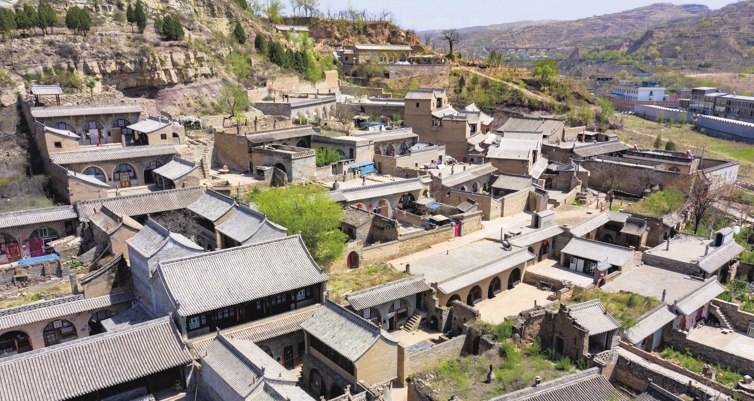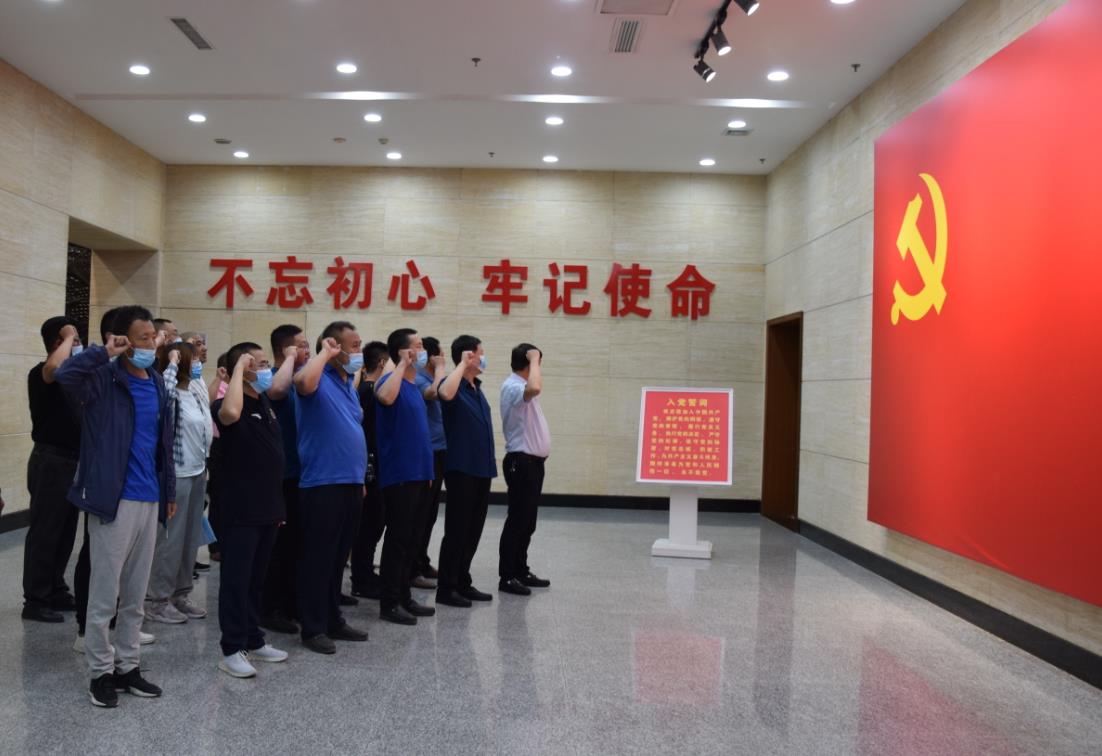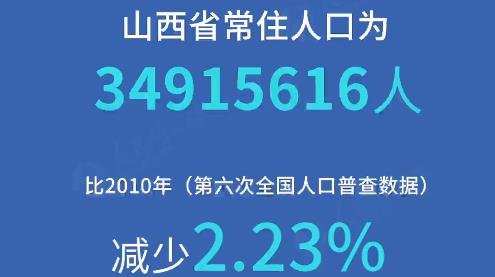
The ancient village of Xiwan is known for its design according to feng shui. Liu Liangliang / For China Daily
The Yellow River was a crucial transport route for the renowned Jinshang merchants who are said to have created nearly 500 years of prosperity for Shanxi since the Ming Dynasty (1368-1644).
One of the important trade hubs along the river is the ancient town of Qikou in Linxian county, Shanxi province. From Qikou, cargoes were shipped to Baotou in the Inner Mongolia autonomous region and went all the way to Russia. Home to more than 400 companies during Ming and Qing (1644-1911) dynasties, Qikou was known as the "No 1 town by the Yellow River".
Nowadays, with highways and railways taking over from the river as the major means of transport, commerce declined in Qikou. The town has developed into a destination for tourists.
Among all the attractions in Qikou, Xiwan village is a must-see sight because of its history related to the Jinshang merchants, groups of old buildings and an ancient village built according to the traditional feng shui theory.
Chen is the dominant family name in the village and Xiwan is said to have been developed by the ancestors of the family in the late Ming Dynasty.
The family's history book says that the founder of the village was Chen Xianmo, a migrant from the neighboring Fangshan county. Chen began his business as a porter at one of the Yellow River harbors.
After the family accumulated its fortune by transporting cargoes over several decades, its third generation began the massive construction of their homes. The construction work continued for more than 200 years, creating a building complex consisting of seven courtyards.
The village continued to expand as the family branched out and other families came in.
Despite the expansion, the village is developed strictly according to the feng shui theory.
Feng shui is the ancient Chinese science of studying the environment in relation with a residence and people's fortune. When building a residence or a settlement, the ideal feng shui layout is to have four mountains and a waterway in its surroundings.
The village is surrounded by four mountains that are traditionally called "blue dragon" in the left, "white tiger" in the right, "red phoenix" in the front and "black tortoise" in the rear, creating an enclosed and safe environment. However, the waterway-the Qiushui River-offers passage to the outside.
The village is separated by five alleys, which echo the five feng shui elements of metal, wood, water, earth and fire and represent the five branches of the Chen family.
The village was built on a mountain slope and offers an imposing view of the Qiushui River, a branch of the Yellow River.
Peng Ke’er contributed to this story.
By Yuan Shenggao
 山西路桥:党建引领 建好“四好农村路”山西路桥建设集团党委扎实开展“党建质量提升年”,实施“六大工程”,立足“十四五”高质量、高速度、高效益发展的战略基点,全面提高党建质量和党建引领发展水平,为打造“国内一流的交通基础设施投资、建设、施工现代化企业集团”提供坚强政治保障。
山西路桥:党建引领 建好“四好农村路”山西路桥建设集团党委扎实开展“党建质量提升年”,实施“六大工程”,立足“十四五”高质量、高速度、高效益发展的战略基点,全面提高党建质量和党建引领发展水平,为打造“国内一流的交通基础设施投资、建设、施工现代化企业集团”提供坚强政治保障。
 常住人口3491万 山西人口普查数据"出炉"山西省统计局向社会通报山西省第七次全国人口普查主要数据。数据显示,山西省常住人口为34915616人,比2010年(第六次全国人口普查数据,下同)减少2.23%,年平均减少0.23%。山西省常住人口总量减少,主要受人口流动变化等因素影响。
常住人口3491万 山西人口普查数据"出炉"山西省统计局向社会通报山西省第七次全国人口普查主要数据。数据显示,山西省常住人口为34915616人,比2010年(第六次全国人口普查数据,下同)减少2.23%,年平均减少0.23%。山西省常住人口总量减少,主要受人口流动变化等因素影响。